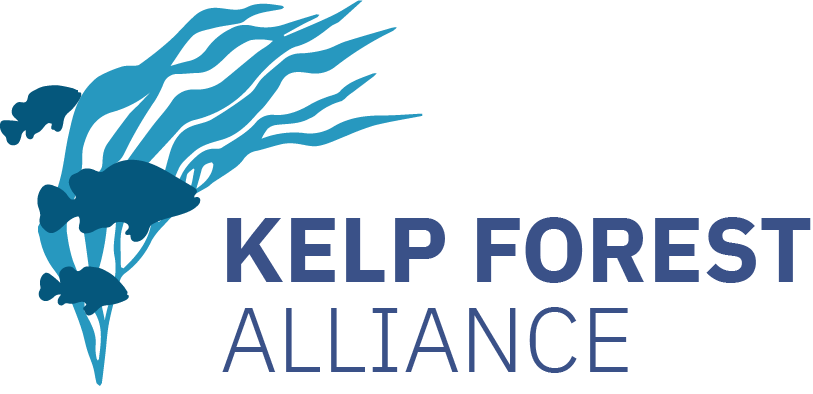Restoration Objective:
This project aimed to restore kelp forests to rocky reefs to improve the biomass and productivity associated with rocky reefs. It also aimed to engage the local community in management of the kelp forest ecosystem.
Site Selection Criteria:
Sites were selected that historically had populations of kelp.
Cause Of Decline:
California kelp forests have been severely depleted by human activity, mainly overfishing, which has caused several ecological shifts within the habitat, primarily attributed to the loss of key predator species, including otters and predatory fish. This has resulted in an increased abundance of sea urchins, contributing to kelp overgrazing.
Key Reasons For Decline:
Overgrazing
Scientific Paper
Palo Verdes kelp forest restoration project, year 5: July 2017–June 2018. The Bay Foundation
Los Angeles CA.
https://cms.santamonicabay.or...r-5-Annual-Report-2018-2.pdf



